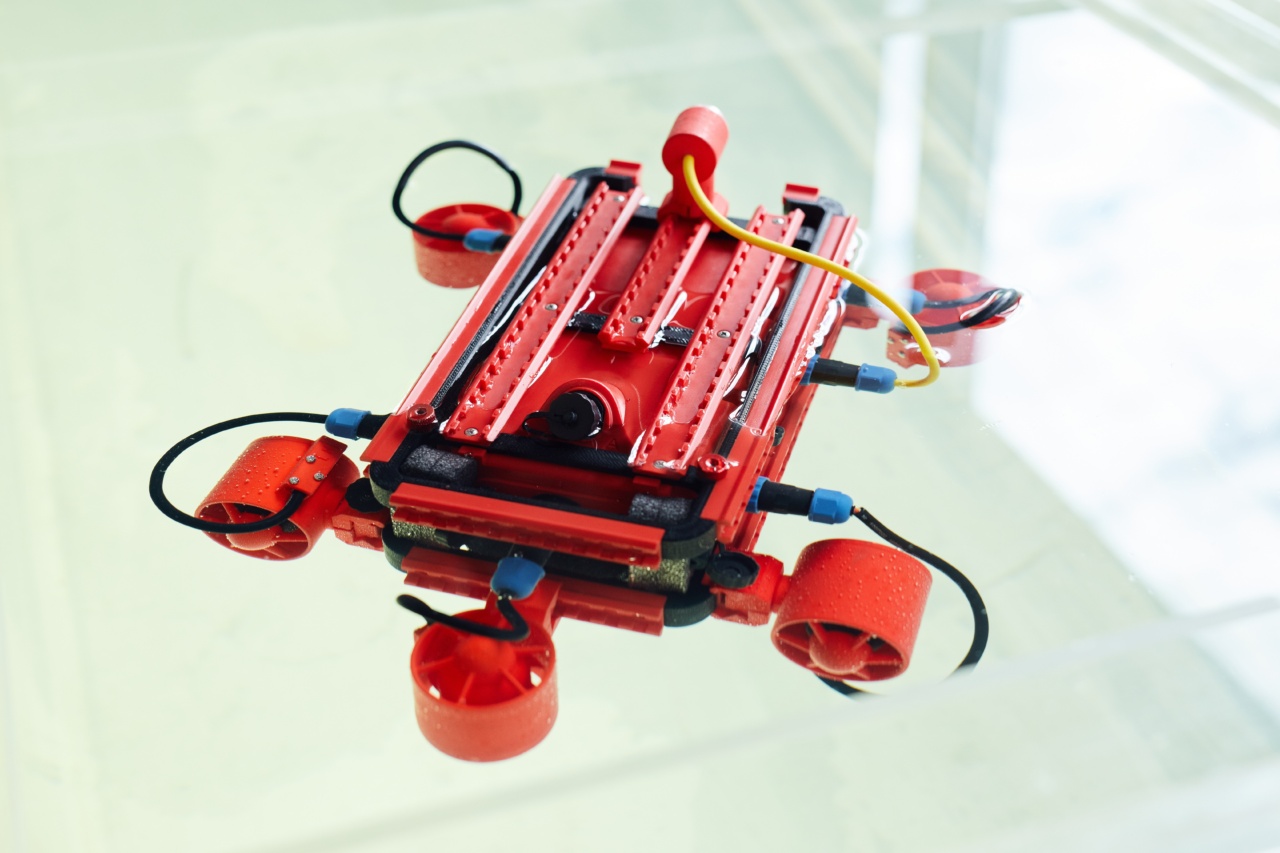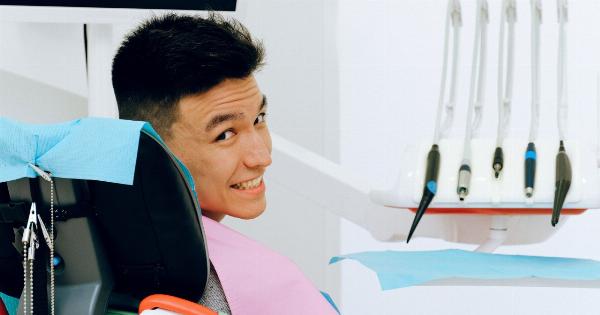Pneumonia is a potentially life-threatening infection of the lungs caused by bacteria, viruses, or fungi. It can cause a range of symptoms, from mild to severe, including coughing, fever, and difficulty breathing.
A timely and accurate diagnosis is critical for the proper treatment of pneumonia. However, diagnosing pneumonia can be challenging, especially in resource-limited settings where there is a shortage of trained healthcare workers and diagnostic equipment.
Cough Recognition Technology to Diagnose Pneumonia
Researchers have been exploring the use of artificial intelligence (AI) and machine learning (ML) algorithms to develop innovative solutions for diagnosing pneumonia.
One such innovation is a novel cough recognition technology that can diagnose pneumonia based on the sound of a person’s cough.
The technology relies on the fact that people with pneumonia have a distinctive cough sound that is different from the cough of those without the infection.
The cough recognition technology works by analyzing cough sounds and using an algorithm to detect specific sound patterns that are indicative of pneumonia.
How the Cough Recognition System Works
The cough recognition system works by recording a person’s cough and analyzing the sound waves using AI technology.
The AI algorithms then identify key sound patterns that are associated with pneumonia, such as wheezing or a rattling sound in the chest.
The system can be integrated into a smartphone app or a handheld device that can be used by healthcare workers in remote or underserved areas.
The user can simply cough into the device, and the AI algorithms will analyze the sound waves and provide a diagnosis within seconds. The system can also track changes in cough sounds over time, which can be used to monitor the progress of the infection and the effectiveness of treatment.
Potential Benefits of Cough Recognition Technology
The use of cough recognition technology to diagnose pneumonia has several potential benefits, including:.
- Quick and accurate diagnosis of pneumonia, even in resource-limited settings where access to diagnostic equipment and trained healthcare workers is limited.
- Less invasive diagnostic method, as patients do not need to undergo imaging tests or invasive procedures to diagnose pneumonia.
- Reduced healthcare costs, as the cough recognition system can be more cost-effective than traditional diagnostic methods.
Challenges and Limitations of Cough Recognition Technology
There are several challenges and limitations to the use of cough recognition technology for diagnosing pneumonia. Some of these include:.
- Accuracy: The accuracy of cough recognition technology relies on the quality of the audio recordings and the AI algorithms used to analyze the sound waves. The system may produce inaccurate results if the audio quality is poor or the AI algorithms are not reliable.
- False positives and false negatives: The system may produce false-positive results if the cough sound patterns associated with pneumonia are similar to those of other respiratory infections. False-negative results may also occur if the cough sound patterns are not present in patients with pneumonia.
- Accessibility: The use of cough recognition technology may not be accessible to everyone, as it requires access to a smartphone or a handheld device and may not be suitable for individuals with hearing impairments or speech disorders.
Future Applications of Cough Recognition Technology
While the use of cough recognition technology for diagnosing pneumonia is a relatively new innovation, it has the potential to be applied to other respiratory infections and conditions in the future.
For example, the technology could be used to diagnose asthma, chronic obstructive pulmonary disease (COPD), or bronchitis.
With further research and development, cough recognition technology could become a valuable tool for healthcare providers in the diagnosis and treatment of respiratory conditions, particularly in resource-limited settings where there is a shortage of diagnostic equipment and trained healthcare workers.



























